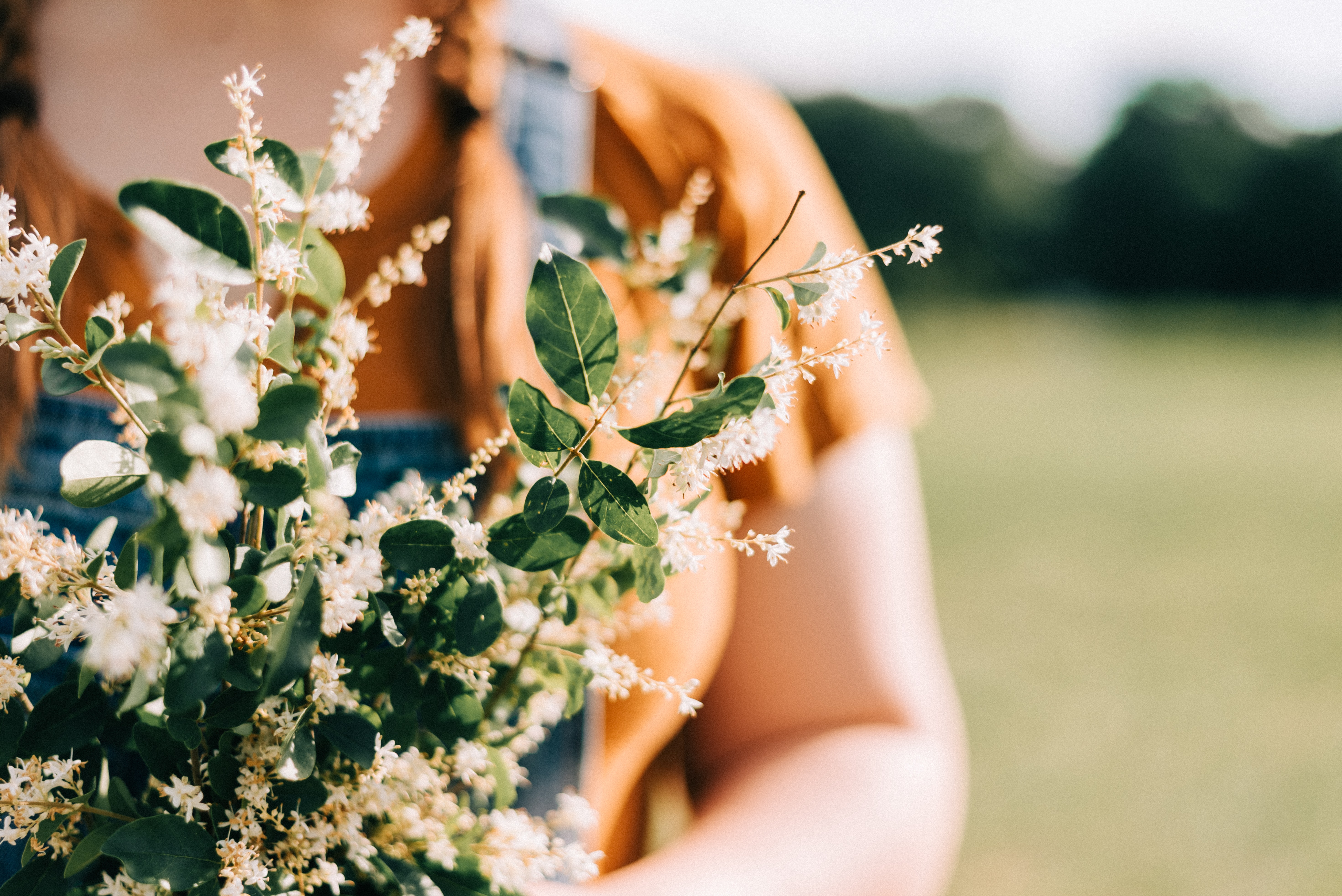

Many amateur gardeners are quick to plant cherry tomatoes, basil, cucumber, and other edible fruits and vegetables – but there’s something to be said about growing your own flowers and filling your house with beautiful home-grown bouquets.
Hoping to grow and curate your own wildflower bouquets from the comfort of home? Well, as it turns out, knowing how to make a wildflower bouquet is not actually as complicated as you might think – all it requires is a bit of planning and patience.
Below, we reached out to a handful of florists and landscape designers from our network to get their best tips on how to grow and display your own gorgeous wildflowers at home. From sowing to snipping and arranging, here’s exactly how to create your own bouquets at home.
Learn everything about your site.
'All regions have different conditions,' explains Bryan Mckenzie, Landscape Designer and Co-Founder of Bumper Crop Times. 'Even two neighboring yards can be suitable for different plants!'
According to Mckenzie, that’s why the first thing to do is to learn how much sun your garden gets and how much shade is there during the day. Next, you should Google or (better) measure the air moisture. Some garden plants thrive in dry air, while others won’t survive if the air isn’t moist enough.
Have your soil tested.
Instead of poking the ground with your finger, Mckenzie suggests simply doing a soil test in the local testing lab. 'They will study your sample and send you an email with details of pH, nutrients, and other important data,' he explains. 'Use this information to prepare your soil for the plants you want to grow. In most cases, fertilization is needed.'
Take note of the recommended season for your area.
Haeley Giambalvo, Certified Texas Master Naturalist and a member of the Texas Native Plant Society, suggests taking the time to ensure you sow the seeds during the recommended season for your area (typically the fall). 'Choose a sunny spot that gets at least 6 hours of direct sun a day, clear the ground to expose bare dirt, scatter the seeds and step on them to press them lightly into the soil,' she adds. 'Keep the soil consistently moist until they germinate. Then just water periodically and watch them grow!'
Join our newsletter
Get small space home decor ideas, celeb inspiration, DIY tips and more, straight to your inbox!
Create a designated cutting garden.
'You’re better off finding a nice, sunny patch out of the way in your garden, this will be your designated cutting garden,' says Leslie Vincent, Resident Horticulturist at Atkins. 'Think of it as your own private flower source and treat it as such.'
Vincent suggests making time to prep this space – just because you’ll be cutting these flowers regularly doesn’t mean you can take shortcuts. Clear the surroundings of weeds, it may seem unnecessary as you won’t be concerned with the visuals of this garden, but weeds also compete for water and nutrients so it’s best to get rid of them.
Make sure your garden is comfortable to pull from.
Other things to consider are layout, height, sequence, annuals and maintenance, says Vincent. 'For layout, ease of access is key. Wide rows are the best here as you won’t have to stoop and squeeze to reach plants,' he explains. 'Make sure your rows are wide enough so you have adequate room to work in. Group your plants by mature height as you don’t want smaller plants being completely overshadowed by tall ones.'
Be strategic with when you plant.
'Remember that not all plants bloom at the same time, so try to plant in order of when they are expected, earlys, mids and laters,' Vincent shares. 'Some plants don’t last entire seasons, like annuals. So make sure you have extra seeds at hand to reseed when a batch begins to fade.'
Choose pre-made wildflower seed mixes.
'One of the easiest ways to create a foolproof and inexpensive flower garden is to sow wildflower seed mixes,' explains Giambalvo. 'Choose a mix that includes wildflowers that are native to your local area. This will ensure they grow easily with minimal care.'
- Easy flowers to grow.
Consider the scents and colors you love.
'If you love a beautiful smelling bouquet, be sure to plant some scented flowers,' says Vincent. ‘Also be sure to grow flowers with longer stems as they will be better for display.' Some good examples for a cutting garden would be Cosmos, Dill, Ageratum, Geraniums, Marigolds, Pansies, Petunias, Sunflowers and Nicotianas. However, Vincent points out that it’s really all up to personal preference.
Start your bouquet with larger flowers.
Once your flowers are ready to be cut, there are certain ways to go about curating and strategy behind what and when you clip your flowers. A wildflower mix provides you with a perfect set of complementary flowers to add to your bouquet. Nature has done the work for you so you don’t need to think too hard about how to arrange the flowers!
'Create the shape of the bouquet in your hands as you walk through the garden and snip flowers. Start with larger flowers and then fill in with smaller flowers and greenery,' says Giambalvo. 'Remove any leaves from the bottom part of the stems before adding them to a water-filled vase.'
Keep all stems going to the middle of the vase.
Gary Pratt, florist and owner of Le Jardin florist in Greensburg, PA, suggests being intentional about the way in which you actually position each flower once you’re adding them to your vase. 'There are many designs to implement, however the best advice is to keep all stems going to the middle of the vase when designing,” he says. “Also, monochromatic designs always look elegant.'
Just keep cutting!
In terms of maintenance, the most vital part of the entire process is just to keep cutting. Although it might feel counterintuitive to snip all the beautiful flowers cropping up in your garden, you can cut and create bouquets with frequency without feeling guilty.
According to Vincent, most plants will set brand new flowers after the initial cut so the experience is quite straightforward and surprisingly abundant. 'When it comes to the flowers themselves, annuals are your best bet as they tend to repeat bloom and grow quite quickly.'
Kaitlyn is an experienced travel and lifestyle writer with a keen interest in interior decorating and home optimization. An avid traveler, she's currently splitting her time between her apartment in a century-old châteauesque building in Montreal and her cozy chalet in the woods (that she built with her own two hands... and many YouTube tutorials!). Her work has been published in Travel + Leisure, Tatler Asia, Forbes, Robb Report Singapore, and various other international publications.
-
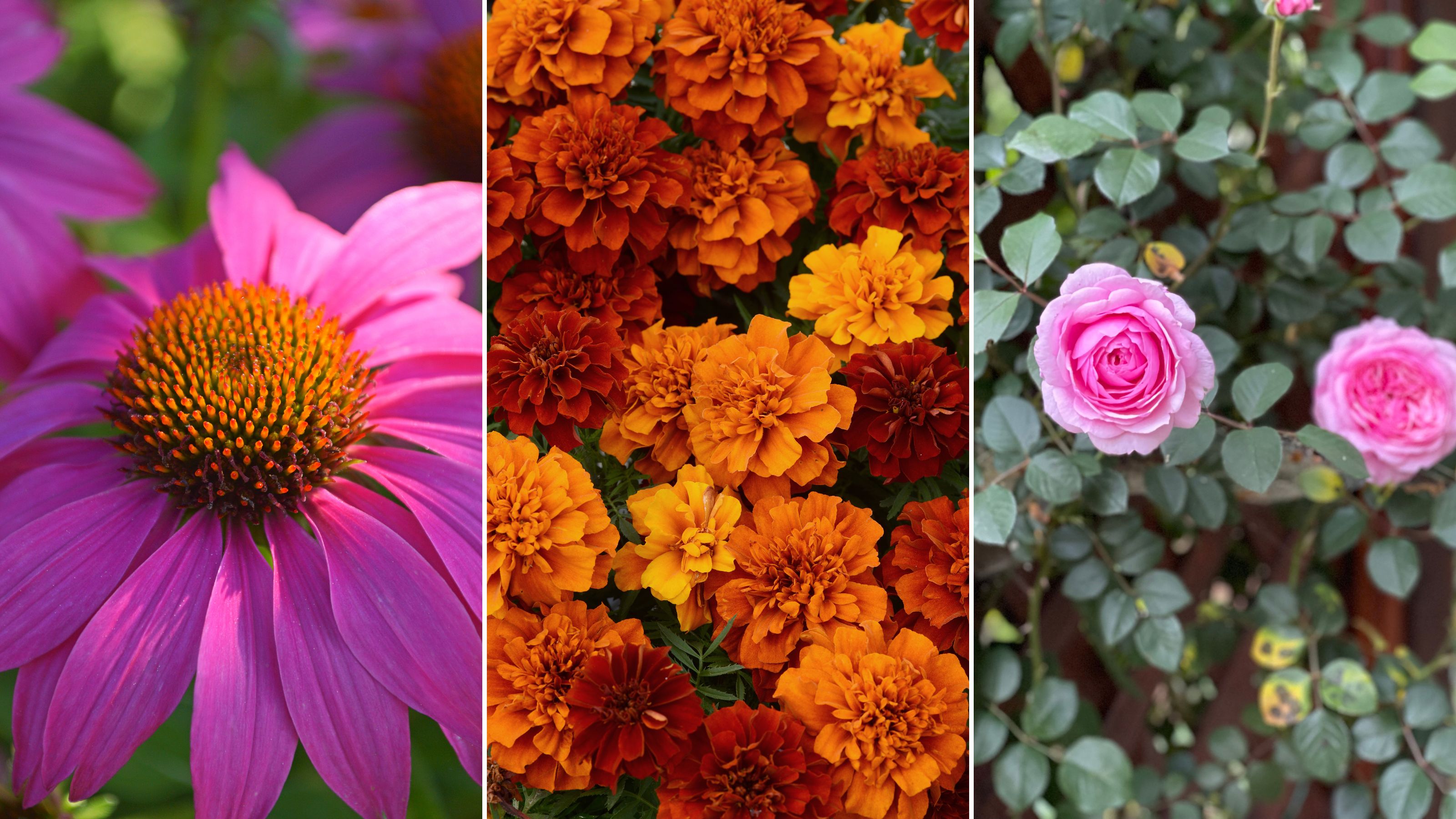 The 7 flowers to plant in August, according to gardening gurus
The 7 flowers to plant in August, according to gardening gurusKnowing what flowers to plant in August isn't always so clear-cut. But that's why we called in help from pro planters — here's what they said to pot.
By Becks Shepherd Published
-
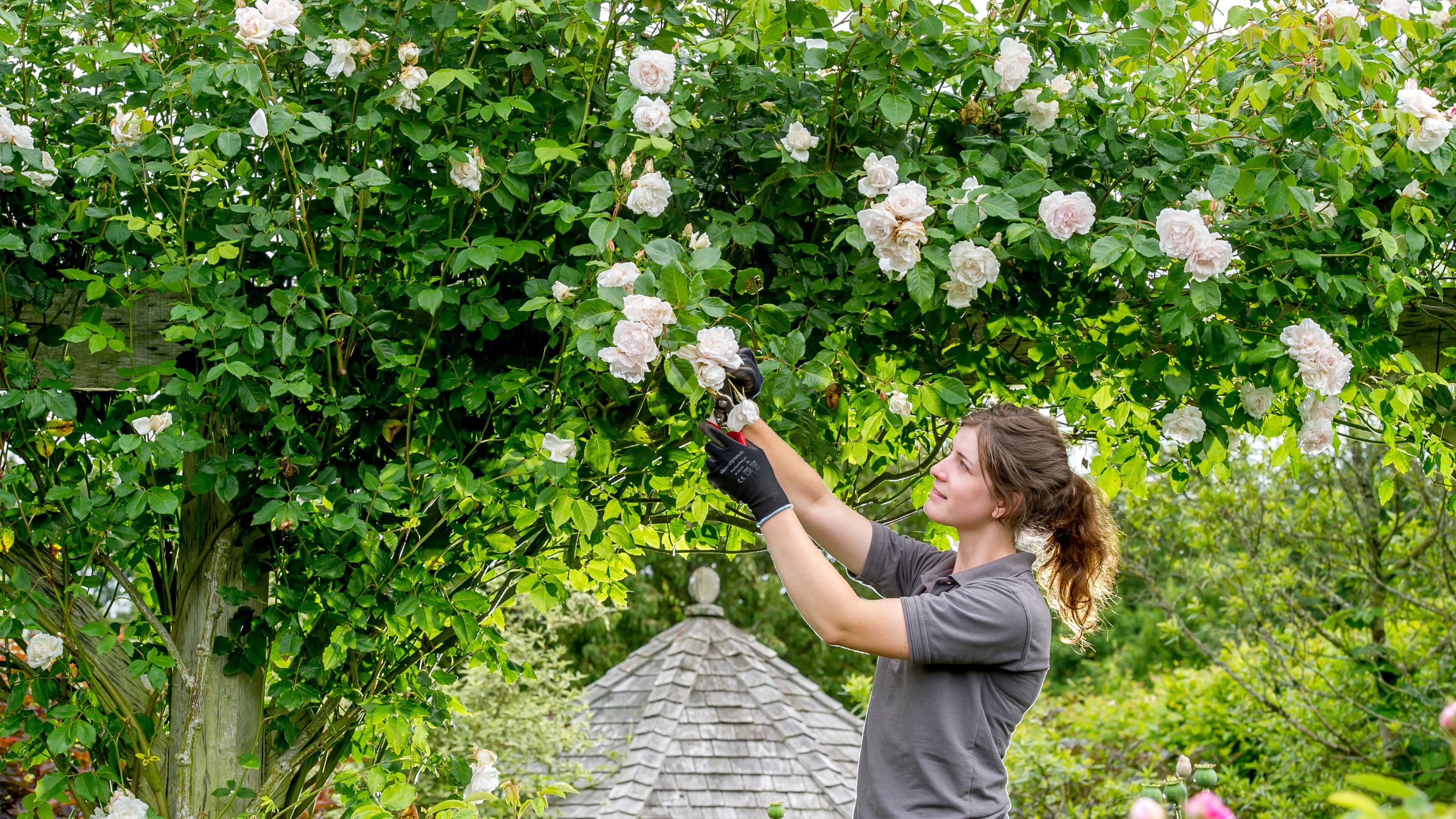 The 7 plants to prune in August — and the 2 pieces of greenery you shouldn't touch
The 7 plants to prune in August — and the 2 pieces of greenery you shouldn't touchWondering what plants to prune in August? We asked a gardening expert for their top tips plus info on what pieces of greenery to avoid pruning this month
By Becks Shepherd Published
-
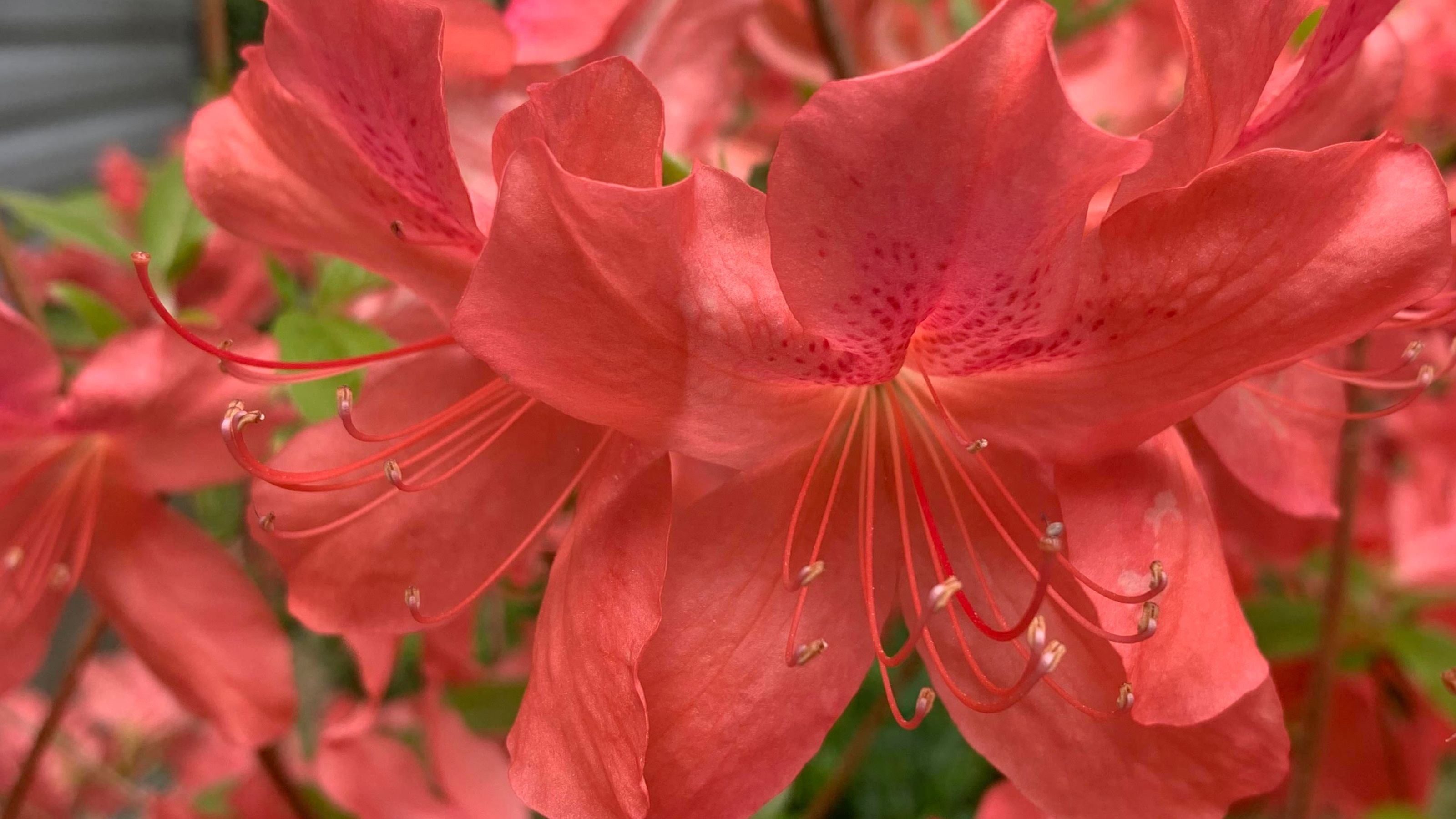 Do you need to deadhead azaleas? Top tips for pruning these flowering shrubs
Do you need to deadhead azaleas? Top tips for pruning these flowering shrubsWondering whether you need to deadhead azaleas? We asked a gardening expert for their top tips for looking after these blooms
By Becks Shepherd Published
-
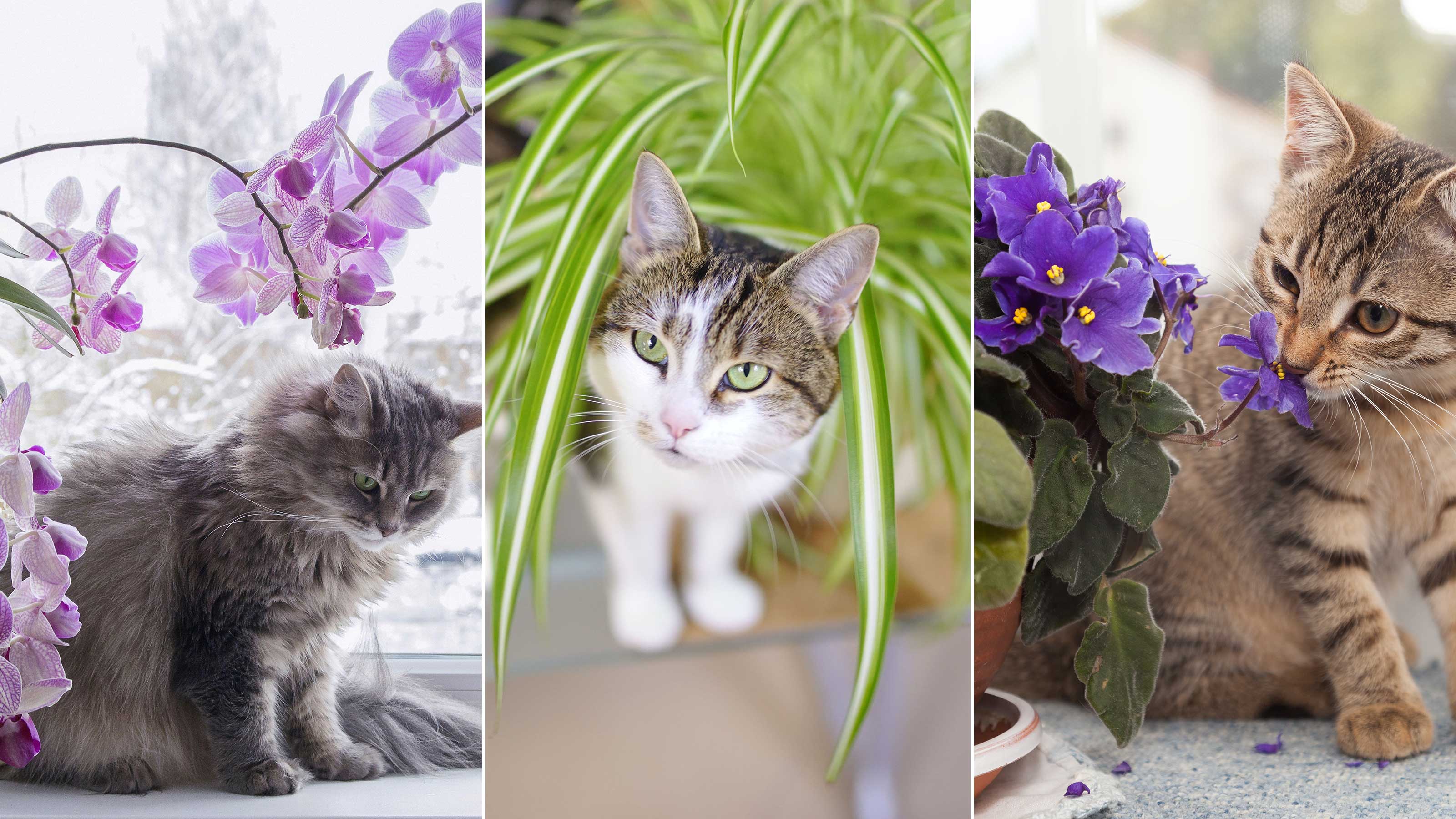 10 houseplants that are not toxic to cats — plus expert advice on keeping your pets safe
10 houseplants that are not toxic to cats — plus expert advice on keeping your pets safeKeep your four-legged companion safe by choosing these houseplants that are not toxic to cats, and learning the dangers of those that are, according to veterinary experts
By Holly Crossley Published
-
 Which houseplants are toxic to dogs? Vet experts pinpoint problem plants and solutions
Which houseplants are toxic to dogs? Vet experts pinpoint problem plants and solutionsWondering Which houseplants are toxic to dogs? We spoke to vets about the problematic leafy greens, what they trigger in dogs, and how to find a solution
By Danielle Valente Published
-
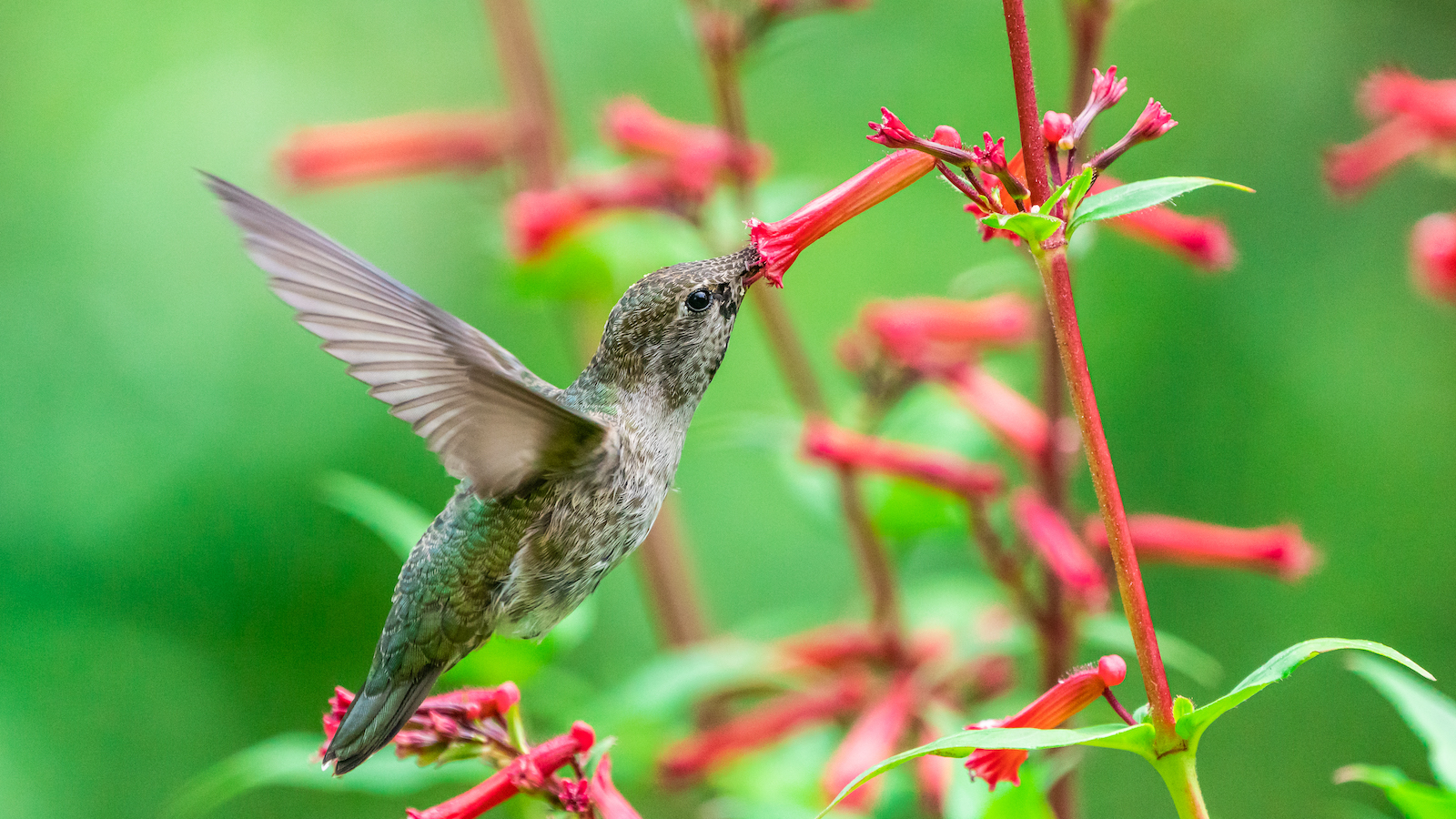 How to attract hummingbirds to your backyard, according to ornithologists
How to attract hummingbirds to your backyard, according to ornithologistsTrying to figure out How to attract hummingbirds to your backyard? These ornithologist-backed tips will guarantee you visitors in no time
By Danielle Valente Published
-
 Does hydrangea bloom every year? Pros spill the dirt on the "garden favorite" and when to expect it
Does hydrangea bloom every year? Pros spill the dirt on the "garden favorite" and when to expect itWondering, "Does hydrangea bloom every year"? We asked the pros all about the garden favorite and how often to expect them — here's the dirt.
By Danielle Valente Published
-
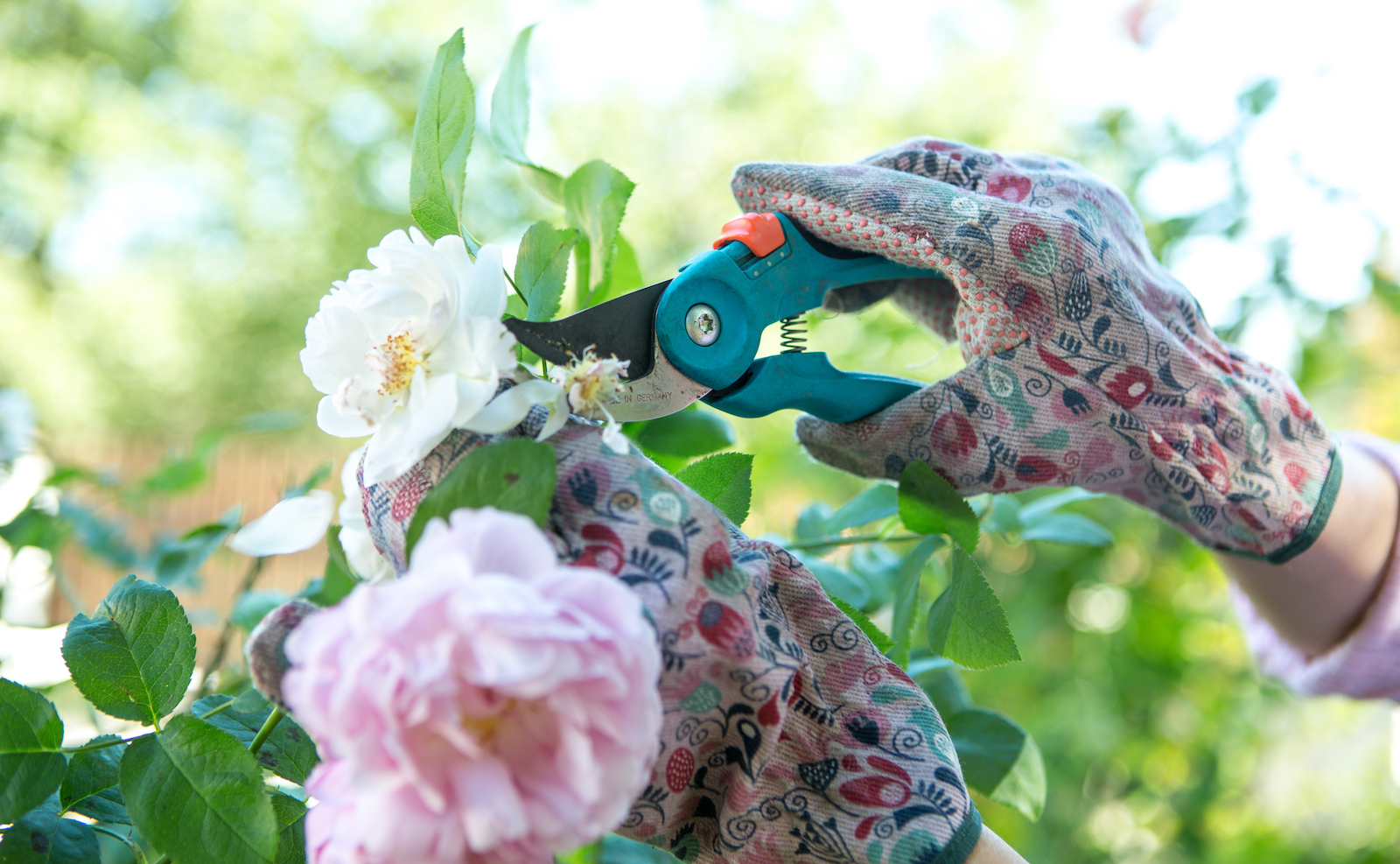 What to prune in spring — experts reveal how to get a lush, full garden
What to prune in spring — experts reveal how to get a lush, full gardenCurious what to prune in spring? We asked gardening experts for their top tips for a luscious, thriving garden
By Danielle Valente Published